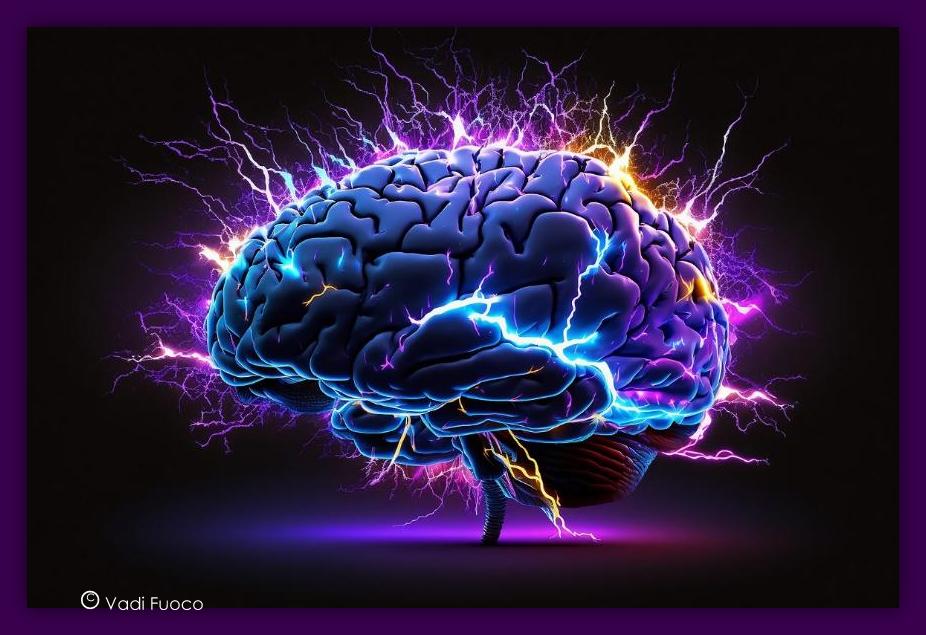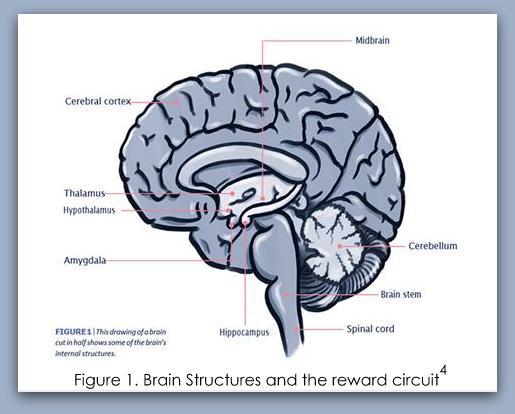The Addicted Brain

Welcome to Insights! Please enjoy the articles created specifically for Soul’s Harbor and provided on a monthly basis. You may expect health related articles with a focus on addiction and recovery.
Addiction and Dependence
In order for you to have a clearer understanding of addiction, you need to have a working knowledge of how your brain functions. It is a complex organ, and it is challenging to break down its function, so you can correlate what happens in addiction.
What is the difference between addiction and dependence? Addiction leads to harmful actions to sustain a drug addiction. Dependence is a state of needing the drug to prevent withdrawal symptoms. People addicted to drugs may resort to negative behaviors, like stealing, to sustain their addiction. Dependence is a physiological state that requires drugs to prevent withdrawal symptoms.
sustain a drug addiction. Dependence is a state of needing the drug to prevent withdrawal symptoms. People addicted to drugs may resort to negative behaviors, like stealing, to sustain their addiction. Dependence is a physiological state that requires drugs to prevent withdrawal symptoms.
Drug addiction is a disorder that affects the brain and causes people to continue using drugs despite harmful consequences. 1 Gambling, sex, food, and technology addictions are types of behavioral addiction.
No single factor determines whether a person will become addicted to drugs.
What Does Addiction Look Like?
-
There is a repeated use of a drug.
- Attempts to stop have failed.
- There is a preoccupation with the drug, and they spend much time thinking about how to gain access to and use the drug.
- There are powerful urges to take the drug, particularly in environments associated with drug use.
- Tolerance and dependence may have formed. Withdrawal occurs without drug use.
- Because of the preoccupation with drugs, there can be a failure to carry out responsibilities for their family, work, or socially.
- Many normal activities are given up when getting involved with drugs.
-
People ignore risks and take drugs in situations like impaired driving, disease exposure, and missing work.²
Results From the 2021 National Survey on Drug Use and Health
Severity levels among people aged 12 or older in 2021 with a past year alcohol use disorder, marijuana use disorder, cocaine use disorder, or methamphetamine use disorder include 3:
- Among the 29.5 million people with a past year alcohol use disorder, most (59.6 percent) had a mild disorder compared with about 1 in 5 (19.5 percent) who had a severe disorder.
- Among the 16.3 million people with a past year marijuana use disorder, most (57.6 percent) had a mild disorder compared with only 16.1 percent who had a severe disorder.
- Among the 1.4 million people with a past year cocaine use disorder, percentages of people were more evenly distributed between the mild and severe disorder categories (42.2 and 40.0 percent, respectively).
- Among the 1.6 million people with a past year methamphetamine use disorder, most (58.4 percent) had a severe disorder, and only 17.4 percent had a mild disorder.
Understanding Brain Anatomy
The human brain is the most complex organ in the body. This three-pound mass of gray and white matter sits at the center of all human activity. You need it for everything you do — from breathing and thinking to enjoying a meal and creating artwork. Your brain helps you understand and respond to your surroundings. In short, your brain is you — everything you think and feel, and who you are. The brain has many internal structures, with some seen in Figure 1.⁴
We often compare the brain to an incredibly complex and intricate computer.⁴ The brain has billions of neurons that form circuits and networks. Each neuron acts as a switch controlling the flow of information. If a neuron receives enough signals from other neurons, it “fires,” sending its own signal on to other neurons in the circuit.⁴
neurons that form circuits and networks. Each neuron acts as a switch controlling the flow of information. If a neuron receives enough signals from other neurons, it “fires,” sending its own signal on to other neurons in the circuit.⁴
The brain has various circuits for specific tasks, like sensing, thinking, language, and movement. Neurons in the brain, spinal cord, and nerves signal each other.⁴
Neurons send messages, releasing neurotransmitters into a gap between cells. The neurotransmitter crosses the synapse and attaches to receptors on the receiving neuron, like a key into a lock. This causes changes in the receiving cell. Transporters take neurotransmitters back to the neuron and stop communication between neurons. 5
How Do Drugs Affect the Brain?
Drugs interfere with the way neurons send, receive, and process signals through these neurotransmitters. Marijuana and heroin can activate receptors by mimicking natural neurotransmitters in the body. This allows the drugs to attach onto and activate the receptors. Although these drugs mimic the brain’s own chemicals, they do not activate receptors in the same way as a natural neurotransmitter. This can lead to abnormal messages being sent through the network.⁴
Cocaine and amphetamines disturb the regular recycling of brain chemicals. Both cause neurons to release excess natural neurotransmitters. This also amplifies or disrupts normal communication between neurons.
What Parts of the Brain are Most Affected by Drug Use?
- The basal ganglia manage the enjoyment people feel from healthy activities, such as eating, socializing, or playing games. They are also involved in forming habits and routines. These areas form a key node of what is sometimes called the brain’s “reward circuit”. Drug addiction may be regarded as the disease of the brain reward system.6 Drugs over-activate this circuit, producing the euphoria of the drug high. Repeated exposure to the drug reduces the body’s sensitivity to it, making it hard to enjoy other things.
- The extended amygdala plays a role in stressful feelings, like anxiety, irritability, and unease.⁴ These feelings characterize withdrawal after the drug high. Withdrawal motivates the person to seek the drug again. The circuit gets more sensitive when someone uses drugs more often. People with substance use disorder may use drugs just to feel better, not to get high.
- The prefrontal cortex powers the ability to think, plan, solve problems, decide, and exert self-control.4 This is also the last part of the brain to mature, making teens most vulnerable to the effects of drugs.⁴ Shifting the balance between this circuit and the reward and stress circuit of the basal ganglia and the amygdala, impulse control is reduced. A person with a SUD (substance use disorder) seeks the drug compulsively.4,5
Tolerance, dependence, and addiction occur after repeated drug taking. This is because chronic drug taking alters the brain. These alterations include changes in brain shape, biochemical makeup, and brain activity. As drug taking continues, the drug influences more and more parts of the brain. These changes can persist for months and months and underlie the chronic nature of addiction. They account for the feelings and behaviors characteristic of addiction.
Sometimes individuals take medicines chronically for chronic medical problems. Individuals with chronic pain take opiates repeatedly for a long time to manage their condition. Chronic drug use can lead to dependence, and individuals may suffer from withdrawal symptoms if they stop taking the drug. But they are not addicts. Dependence is not addiction. Addiction is seeking and taking drugs despite negative consequences; it causes harmful behavior.
References:
- https://pubmed.ncbi.nlm.nih.gov/29098666/
- https://doi.org/10.1176/appi.books.9780890425787
- https://www.samhsa.gov/data/report/2021-nsduh-annual-national-report
- https://nida.nih.gov/publications/drugs-brains-behavior-science-addiction/drugs- brain
- https://nida.nih.gov/research-topics/parents-educators/lesson-plans/mind-matters/teachers-guide
- https://pubmed.ncbi.nlm.nih.gov/11990077/

Cynthia Blair RN MA–October 2023
For information regarding intake/admission into our recovery facility, please contact:
Dispatch Representative
Soul’s Harbor, Inc.
13134 Nile Drive
Dallas, Texas 75253
972.286.1940
972.286.5282 Fax
Soul’s Harbor Substance Abuse Program Questions and Intake
Please contact our intake Manager
Cell number 214-663-9684
contact@soulsharbordallas.org
New Online Donation Processing:
Soul’s Harbor, Inc.
13134 Nile Drive
Dallas, Texas 75253
972.286.1940
972.286.5282 Fax
donate@soulsharbordallas.org
Soul’s Harbor can now provide the convenience of taking your donation request online. Just follow the link to our online “Household Donation Request Form”. We are also now taking vehicle donations and have an online donation processing form for this too. “Vehicle Donation Request Form”
To help Soul’s Harbor financially you can donate by clicking the donate button.